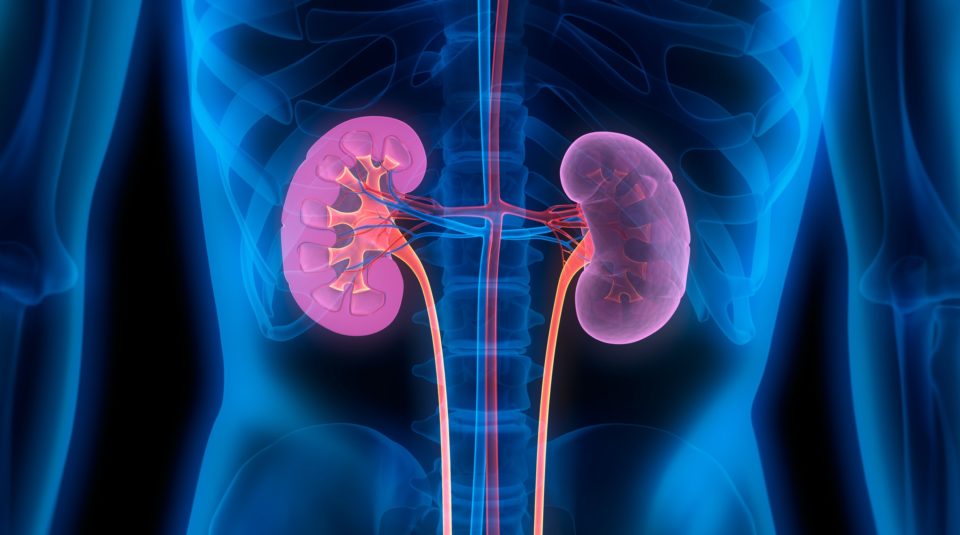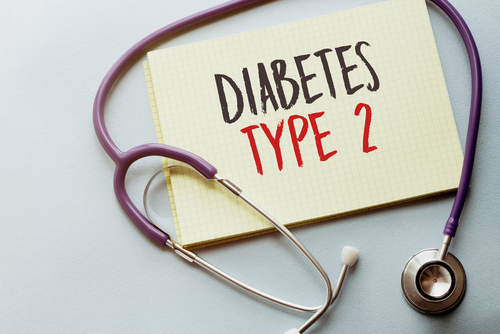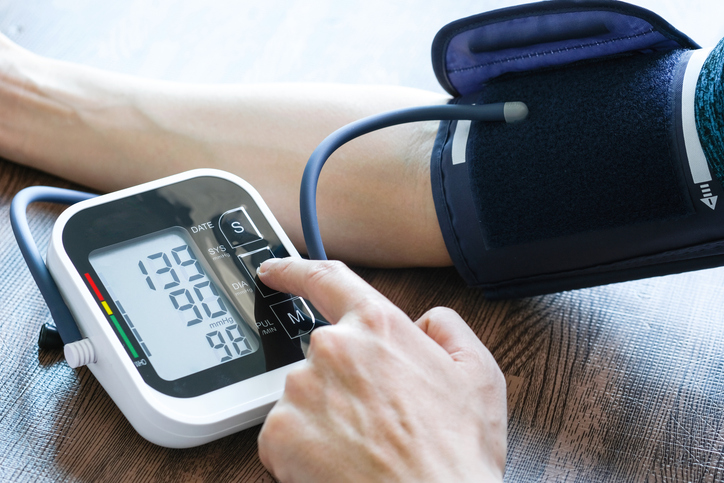
In patients with type 2 diabetes, sodium-glucose cotransporter 2 (SGLT2) inhibitors reduce the risk of hospitalization for heart failure as well as the risk for serious adverse renal events; the risk reductions are not seen with other antihyperglycemic therapies. Results of large-scale, randomized, placebo-controlled trials found a 30% to 35% reduction in the risk of hospitalization for heart failure in patients who received SGLT2 compared with those who received placebo. The risk of progression of renal disease, including the occurrence of renal death or the need for dialysis or renal replacement, was 35% to 50% lower in patients in the SGLT2 group compared with those in placebo cohorts.
To examine the effects of SGLT2 inhibitors in patients across the spectrum of heart failure, including patients with a markedly reduced ejection fraction, Milton Packer, MD, and colleagues reported results of the EMPEROR-Reduced [Empagliflozin Outcome Trial in Patients with Chronic Heart Failure and a Reduced Ejection Fraction] study online in the New England Journal of Medicine [10.1056/NEJMoa2022190].
The randomized, double-blind, parallel-group, placebo-controlled, event-driven trial was conducted at 520 centers in 20 countries. The primary outcome of interest was a composite of adjudicated cardiovascular death or hospitalization for heart failure, analyzed as the time to the first event. The first secondary outcome was the occurrence of all adjudicated hospitalizations for heart failure, including first and recurrent events. The second secondary outcome was the rate of decline in estimated glomerular filtration rate (eGFR) during double-blind treatment.
A total of 7220 patients were screened for eligibility from April 2017 through November 2019. Of those, 3730 met inclusion criteria and were randomly assigned to receive either empagliflozin (n=1863) or placebo (n=1867). The two groups were similar in baseline characteristics. Half of the overall cohort had a history of diabetes, 73% had a left ventricular ejection fraction of ≤30%, 79% had a N-terminal prohormone of brain natriuretic peptide level of at least 1000 pg per milliliter, 48% had eGFR of <60 mL/min/1.73 m2, and nearly 20% were receiving an angiotensin receptor-neprilysin inhibitor.
The primary composite outcome of death from cardiovascular causes or hospitalization for heart failure occurred in 19.4% of the patients in the empagliflozin group (n=361) and in 24.7% of the patients in the placebo group (n=462); hazard ratio (HR), 0.75; 95% confidence interval (CI), 0.65-0.86; P<.001. HRs for the effect of empagliflozin on cardiovascular death and on the first hospitalization for heart failure were 0.92 (95% CI, 0.75-1.12) and 0.69 (95% CI, 0.59-0.81), respectively. The number of patients who would need to have been treated with empagliflozin to prevent one primary event was 19 (95% CI, 13-37).
In analyses in prespecified subgroups, the effect of empagliflozin in the primary outcome was consistent, including in patients with diabetes and those without diabetes at baseline. Among patients who were receiving sacubitril-valsartan at baseline, the HR for the comparison between empagliflozin and placebo for the primary outcome was 0.64 (95% CI, 0.45-0.89), compared with 0.77 (95% CI, 0.66-0.90) among patients who were not receiving sacubitril-valsartan.
The rate of decline in eGFR over the treatment period was slower in the empagliflozin group compared with the placebo group (–0.55 mL/min/1.73 m2 per year vs –2.28 m:/min/1.73 m2 per year). The between-group difference was 1.73 mL/min/1.73 m2 per year (95% CI, 1l10-2.37; P<.001).
The risks of serious renal outcomes were lower in the empagliflozin group compared with the placebo group. A composite renal outcome (chronic dialysis or transplantation or a profound, sustained reduction in eGFR) occurred in 1.6% of patients in the empagliflozin group (n=30) and in 3.1% of patients in the placebo group (n=58) (HR, 0.50; 95% CI, 0.32-0.77). In 966 patients with paired measurements prior to study participation and 23 to 45 days following the discontinuation of the trial regimens, enabling assessment of the effects of empagliflozin independent of the presence of the drug, eGFR declined by –0.93 mL/min/1.73 m2 in the empagliflozin group (95% CI, –1.97 to 0.11) and by –4.21 mL/min/1.73 m2 in the placebo group (95% CI, –5.16 to 3.17).
“Overall, in this trial, empagliflozin was associated with a lower combined risk of cardiovascular death or hospitalization for heart failure than placebo and with a slower progressive decline in renal function in patients with chronic heart failure and a reduced ejection fraction, regardless of the presence or absence of diabetes,” the researchers said.
Takeaway Points
- Researchers conducted a study to evaluate the use of empagliflozin in a population of patients with chronic heart failure and a reduced ejection fraction, with and without diabetes.
- The trial’s secondary outcome was the rate of decline in estimated glomerular filtration rate (eGFR) during the double-blind treatment period. Serious renal outcomes of interest included the need for chronic dialysis or transplantation, or a sustained and profound reduction in eGFR.
- Patients in the empagliflozin group had slower annual rate of decline in eGFR compared with those in the placebo group; patients treated with empagliflozin had a lower risk of serious renal outcomes than those who received placebo.







 © 2025 Mashup Media, LLC, a Formedics Property. All Rights Reserved.
© 2025 Mashup Media, LLC, a Formedics Property. All Rights Reserved.